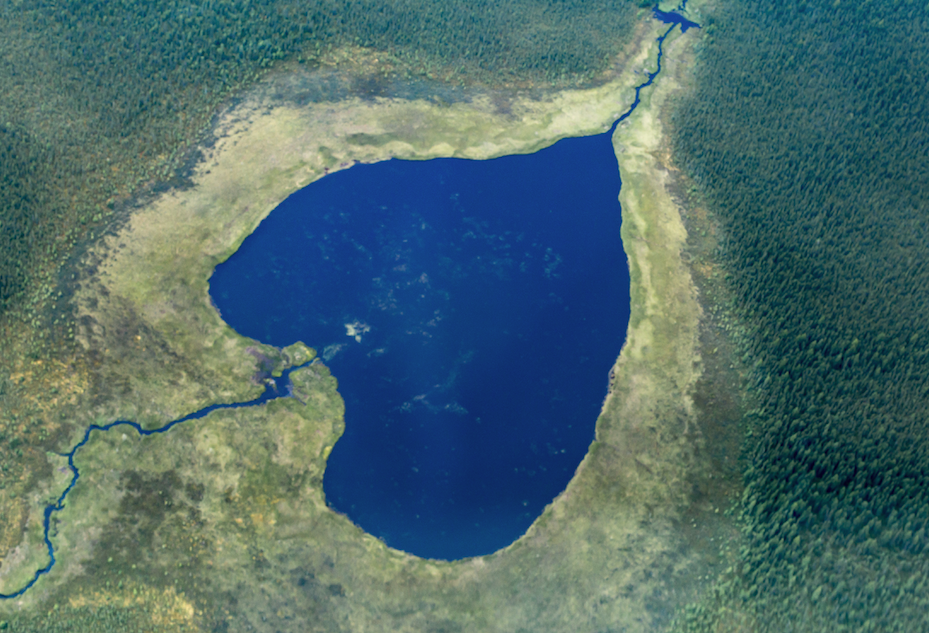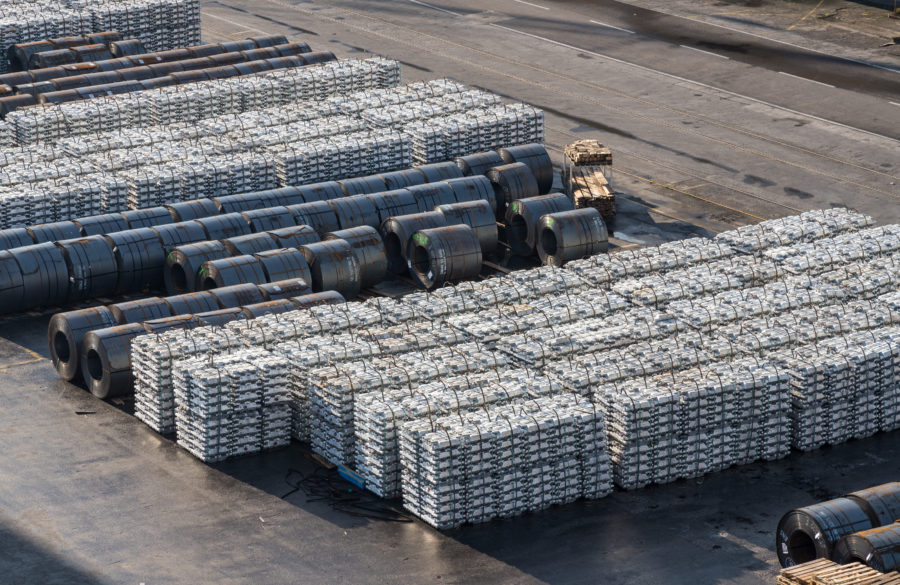Ontario First Nations declare moratorium on Ring of Fire development

The Attawapiskat, Fort Albany, and Neskantaga First Nations
in the James Bay lowlands of Ontario, Canada have declared a moratorium on any development in the Ring of Fire area, stating that their territories and rights stand to be seriously and permanently desecrated by massive-scale mining in the minerals-rich region in the province’s north.
The Ontario government has said the region could potentially be as big as the Sudbury or Timmins mining camps. In December, mounting pressure forced the federal government to delay consultations after six First Nations in the region sent letters to the federal Impact Assessment Agency, CBC News reported.
In Monday’s release, the Attawapiskat, Fort Albany, and Neskantaga Nations said they declared the moratorium in accordance with Indigenous Laws, Inherent Rights and Treaty No. 9 between the Attawapiskat, Fort Albany, and Neskantaga Nations and the Crown.
The Nations also cite international laws including the United Nations Declaration on the Rights of Indigenous Peoples (UNDRIP) and its requirements for free, prior and informed consent, the International Covenants on Civil and Political Rights and Economic, Social and Cultural Rights, and customary laws that protect their right to self-determination, require environmental due diligence, and prohibit destruction of the ability to survive in their environments.
The moratorium was declared in accordance with Indigenous Laws, Inherent Rights and Treaty No. 9 between the Attawapiskat, Fort Albany, and Neskantaga Nations and the Crown
The First Nations declared the moratorium in accordance with “Canadian domestic laws that adopted and intend to implement UNDRIP (such as Bill C-15); the federal Impact Assessment Act (IAA); Canada’s Constitution including section 35 affirming our Aboriginal and Treaty Rights, and the Charter section 7 being the right to life, liberty and security of the person”.
The Attawapiskat, Fort Albany, and Neskantaga First Nations declared from this date the moratorium “shall stand intact unless and until Canada and Ontario act in accordance with their obligations under law, in respect of the Ring of Fire, and agree to a Regional Impact Assessment (RIA) that is by regulation under IAA (section 114) or by agreement, led by an ‘Indigenous governing body’ composed of First Nations and interested others who stand to be affected by Ring of Fire development and must be completed prior to the issuance of any Crown permission for any development in or that facilitates access to the Ring of Fire, including roads.”
“This MORATORIUM is declared because Canada, through the Impact Assessment Agency of Canada (IAAC) has breached the honour of the Crown, all the laws stated above, and the project of reconciliation and decolonization by acting with duplicity behind our backs in collaboration with Ontario, to render the RIA little but political puffery, with mere token First Nation “involvement”, narrow in its focus and weak in its result,” the release reads.
Not all First Nations in the area are opposed to mining in the Ring of Fire. In March, the Webequie First Nation and Juno Corp. announced an agreement to foster economic participation opportunities and advance exploration and potential mining partnerships within the Ring of Fire.
Juno said in March it plans to carry out targeted exploration activities within its approximately 1,300 sq. km land position that covers prospective ground hosting precious, base and rare earth metals.
More News
Column: Europe’s future metals strategy hindered by current crisis
Chinese over-capacity and high energy prices have accelerated the long-term decline of European steel and aluminum production.
March 29, 2025 | 02:25 pm
Anglo starts talks with banks on possible De Beers IPO
Anglo is pursuing a dual-track process in its effort to exit De Beers by trying to find a buyer for the struggling business.
March 28, 2025 | 12:19 pm
{{ commodity.name }}
{{ post.title }}
{{ post.excerpt }}
{{ post.date }}



2 Comments
BOB HALL
UN declarations are bs and not laws in any nation. As we enter a crucial time in the world (climate and covid) The nation does not need to be back stabbed by declarations by anyone. Get your stuff together Canada. Who runs the country anyhow?
Margaret Verna Friday
Canada, Ontario and the Canadian indian act first nations are all usurping and stealng the resources from the Hereditary Indigenous in this country…….